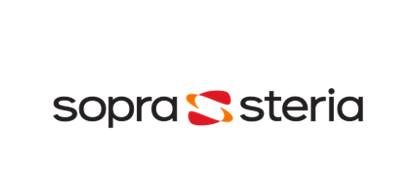Read about ScotlandIS member Sopra Steria’s latest case study on their partnership with a government directorate to bring livestock inspection up to date.
After working together for 25 years, Sopra Steria was chosen for an important strategic project: moving the Agriculture and Rural Economy’s (ARE) Livestock Inspection System to a new technology platform.
ARE is the largest directorate in the Scottish Government, both in terms of people and budget (pre-Covid), and its work is deeply connected in Scottish identity. With responsibility for promoting sustainable economic growth in agriculture, the food industry, and in rural areas, it helps communities across the country and is crucial for Scotland’s infrastructure.
To manage the complexities of migrating an existing programme to a brand-new system for the first time, ARE needed a partner that could work collaboratively with its in-house team and other technology providers. As such, in 2019, ARE turned to Sopra Steria to help deliver a multi-year roadmap, which outlined timescales, resources and costs, and the technical expertise, for developing a new Livestock Inspection System. The new platform would help ensure that those who take care of livestock comply with UK and Scottish Law and maintain high standards of practice.
ARE aspired to move to a Cloud First infrastructure model but needed to address the total cost and delivery from its existing model.
Sopra Steria worked alongside the directorate’s internal team to produce a strategy and design to support the migration and plan for moving parts of the application system. The aim was to change how the applications worked, making them more efficient and reliable. On-premises capacity was proposed to give the advantage of cloud flexibility with simple connectivity as the new model services expanded.
The strategy received high praise from Gartner as being an exemplar of its type.
ARE then brought together a team of experts from the Scottish Government, Red Hat, and Sopa Steria, among other suppliers to create the system. This system uses containers and a technology called OpenShift, which allows for the flexible scaling of capacity and helps to save energy and reduce carbon footprint. The flexibility means the platform could grow as workloads moved from the older system to the new system.
The updated system and OpenShift technology deliver real savings for the organisation. It uses automated pipelines to make it easier and faster to put the system in different places. DevOps methods and automated tests make the system better, and new features can be added quickly without spending too much money on testing.
Neil Anderson, Chief Technology Officer, Citizen and Devolved Government Services at Sopra Steria said: “We’re excited to work with ARE and complete the migration of other systems, with the next strategic step of closing on-premises infrastructure and moving to a Cloud First system. We’re looking forward to continuing our work with them as a long-term strategic customer.”

